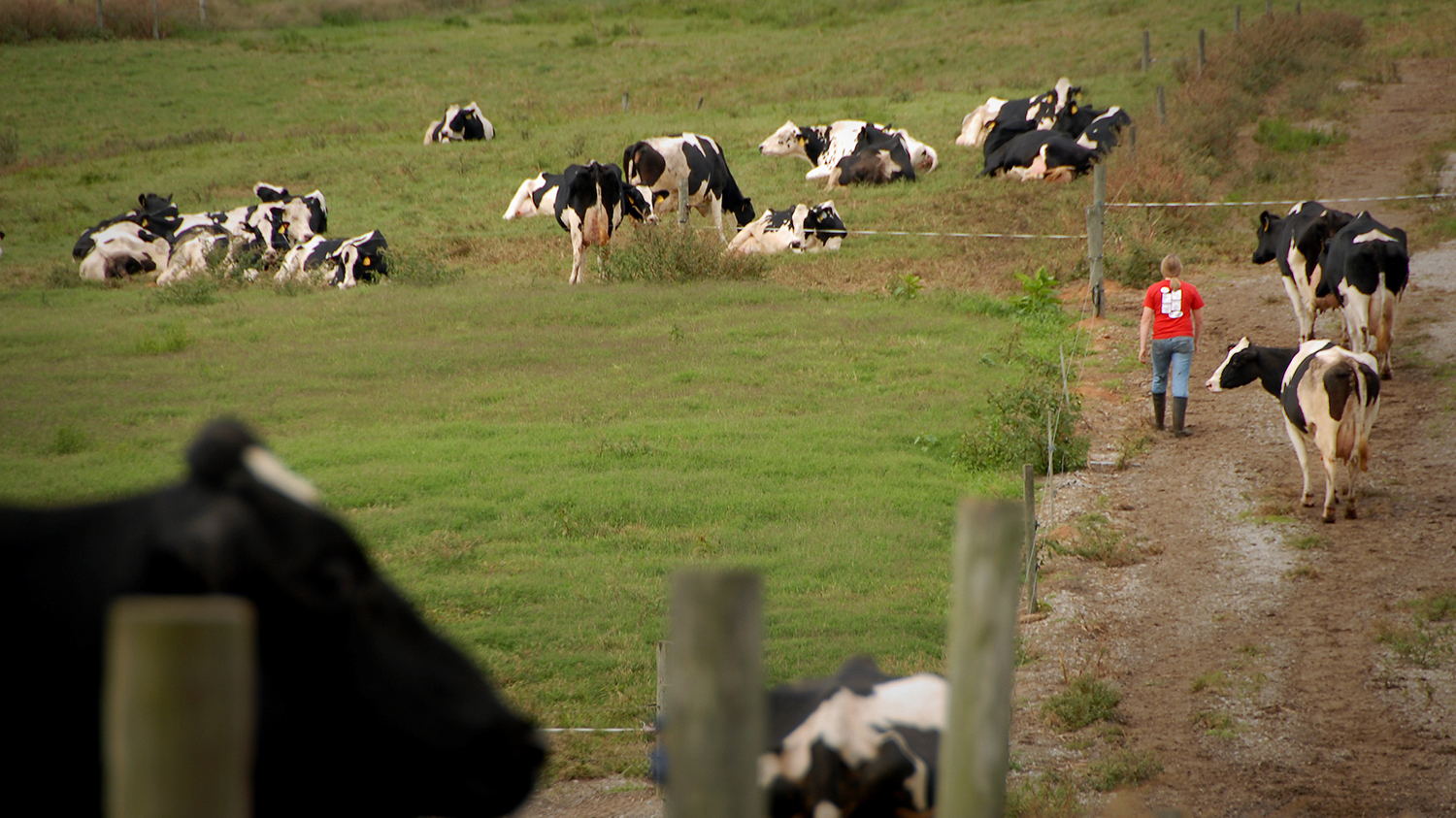You Decide: Can Collecting Thoughts About the Virus Help?

By Dr. Mike Walden
There’s almost no other topic to talk about today than the coronavirus, or simply “the virus” as I’ll call it. I understand why. I can’t think of any other event in my seven decades of life that has hit our lives and economy so hard and so unexpectedly than the virus.
I’ve lived through the Great Recession, 9/11, the stock market crash of 1987, the fall of Saigon, the Kennedy and King assassinations and the Asian Flu pandemic of the late 1950s (more on this later). Each of these events was shocking and unpredictable. In terms of the swiftness and depth of the impact, I’ll have to rate today’s 2020 Virus Pandemic number one.
There are many elements and aspects to the virus I’ve been tracking. In this column I put some of them together in the hopes they will provide perspective and insight into the current virus crisis.
The Best Comparison: The current virus has frequently been compared to the 1917-1918 pandemic, which killed over 600,000 people in our country and between 50 and 100 million worldwide. But a better match is the pandemic I lived through in 1957-58 called the Asian Flu. The U.S. lost 116,000 people and the worldwide death toll was between 1 and 4 million. Although businesses weren’t ordered to close, many did due to numerous sick workers. A six-month recession resulted with production in the worst months falling 10 percent. Even with double the population today, it appears we could have fewer deaths than in 1957-58. Yet the economic cost may be twice as large.
Questioning the Stock Market: During a recent week when the national death toll from the virus mounted, the stock market soared. Many of my friends were confused, with some thinking the market simply was stupid or even heartless. Yet there’s a simple explanation. Investors in the stock market are always looking ahead. During the week the market rose, investors saw two future positives. One was new forecasts suggesting a much lower death total from the virus than previously predicted. Second was an announcement by the Federal Reserve stating the Fed would be willing to loan funds to private companies and states and cities.
Comparing Costs and Benefits: Governments at all levels have enacted unprecedented mandates restricting business activity and movement of people during the virus crisis. This is the major reason why jobs have been cut, businesses have lost revenues, and the economy is now in a recession. It’s been argued these restrictions and resulting economic costs have been necessary in order to restrict the virus’ spread, lower virus-related deaths and prevent the health care system from being overwhelmed.
This is a typical benefit/cost tradeoff. The costs of the economic restrictions are the financial losses to businesses and households, but the benefits are fewer lives lost due to containing the spread of the virus.
How can we compare these? Financial losses from closed businesses and higher unemployment can be measured in dollars and cents. What’s tougher is putting a financial value on a life. Typically, analysts can only look at part of that value, specifically the earnings from working. For example, if someone dies at age 40, the partial value of their remaining life would be their estimated earnings if they had lived. These earnings would be the value of keeping the person alive.
An economic think tank recently used these principles to evaluate the costs and benefits of keeping restrictions on the economy. The researchers found the relative size of the benefits and costs from closing a large part of the economy depends on the infection rate of the virus. If the infection rate is low, shorter periods of closure appear to be best, while if the infection rate is high, longer periods of closure are associated with larger benefits compared to costs. The findings suggest the optimal shutdown period for the economy – in which the benefits exceed the costs – can be as brief as two months if the virus’ infection rate is low, but as high as eight months if the infection rate is high.
Business Changes: Many futurists think both public and private decision-makers will re-evaluate globalization as a result of the virus. The virus crisis has shown that reliance on foreign countries for key medical supplies as well as other products needed by businesses can put our nation at risk during a pandemic.
North Carolina is positioned to potentially gain from a shift to domestic production. Our state has a long history of apparel production, so increasing the domestic making of items like hospital gowns and masks is a logical fit. The virus crisis has also exposed the country’s reliance on foreign producers for many medicines. With a large pharmaceutical sector, North Carolina would be a logical location for a ramp-up of U.S. production of these important items. Lastly, North Carolina has a larger relative concentration of manufacturers than the nation. So any move to relocate foreign manufacturing activities to the U.S. could certainly help our state.
The virus crisis is expected to last several more months, but already we are realizing there may be many lasting comparisons and implications of the deadly disease. Starting to identify and explore those implications now may help better prepare us for the new “normal life” after the virus. But, as always, you decide.
__________________
Walden is a William Neal Reynolds Distinguished Professor in the Department of Agricultural and Resource Economics at North Carolina State University who teaches and writes on personal finance, economic outlook and public policy.
- Categories:


